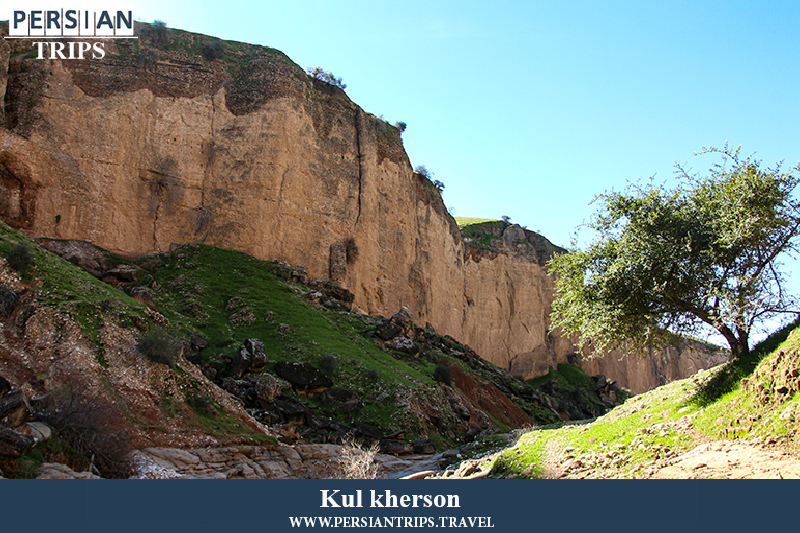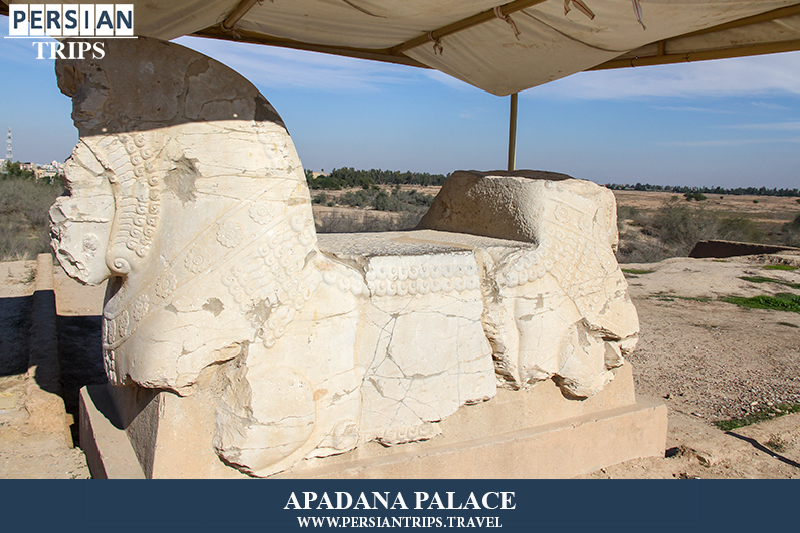Posted in Khuzestan Province

The tomb of Yaghoub leys Saffari is located in Shahabad village, between Dezful and Shushtar in Khuzestan province. Experts believe that the oldest parts of this building, which is located among the remains of the ancient city of Jundishapur, belong to the Seljuk period; remains of the Qajar period can also be seen in this building.
Print
Email
Posted in Khuzestan Province

Kul Kherson- Kul means valley- (Valley of Ghosts, Ghost Gorge , Eshkaft Khorsan, Khersan Valley) is a gorge where you can experience pleasure and danger simultaneously. This valley is located 24 km from Dezful city in Khuzestan province (southwest of Iran) next to Bisheh Bozan village.
Print
Email
Posted in Khuzestan Province

Khuzestan is one of the provinces filled with natural landscapes; including waterfalls that all people aspire to visit. In the following, we will introduce the Shevi Waterfall of Khuzestan (the widest waterfall in Iran and the Middle East), which cannot be found anywhere else.
Print
Email


















